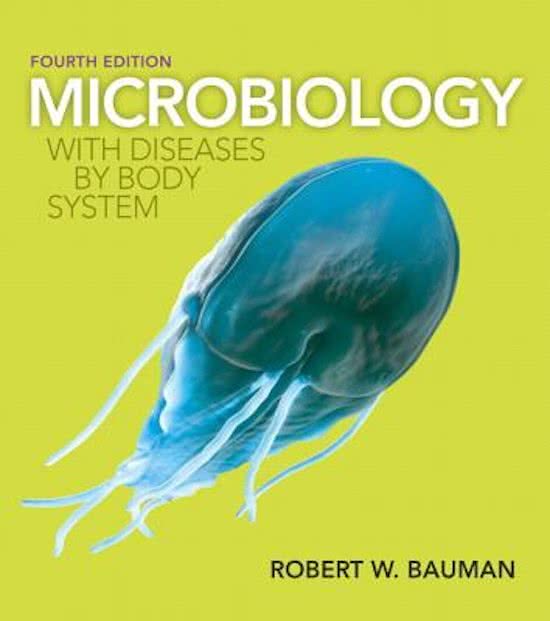Exam (elaborations)
Test Bank for Microbiology with Diseases by Body System 4th Edition Bauman / All Chapters 1-25 / Full Complete
- Course
- Institution
- Book
Microbiology with Diseases by Body System 4th Edition Bauman Test Bank Test Bank for Microbiology with Diseases by Body System 4th Edition Bauman / All Chapters 1-25 / Full Complete
[Show more]




